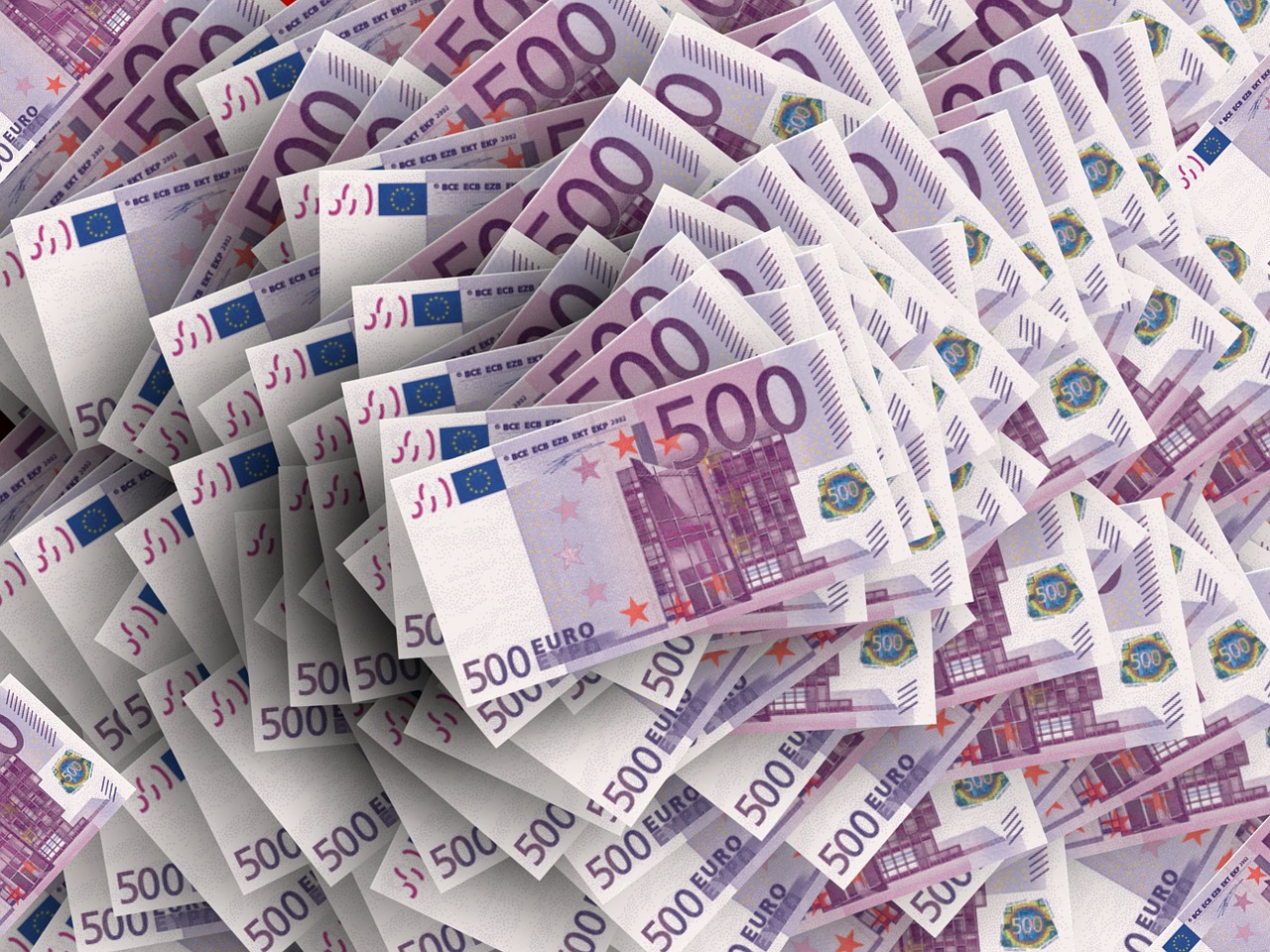Understanding the Canadian 100 CAD Bill: Usability, Rarity, and Acceptance
GPT_Global - 2025-11-11 18:30:55.0 10
How can I tell if a 100 CAD bill is damaged or still usable?
When handling Canadian dollars, especially in a remittance business, it’s essential to know how to determine if a 100 CAD bill is damaged or still usable. Damaged bills can affect transactions, causing issues with banks and customers alike. So, how can you tell if a 100 CAD bill is still valid?
First, check for the bill's physical condition. A torn or excessively worn-out note might not be accepted. The Bank of Canada has clear guidelines: if a bill is more than half intact, it’s generally considered acceptable. If a bill is heavily soiled, faded, or torn beyond recognition, it may need to be replaced. However, minor tears or creases do not automatically render a bill unusable.
Next, verify the security features. A 100 CAD bill features advanced security features like a transparent window, a metallic stripe, and a color-shifting ink. These should be visible even on damaged bills, ensuring authenticity. If these features are missing or unclear, the bill might be counterfeit or too damaged to exchange.
Finally, if you're unsure about the status of a bill, visit a bank or use an official currency verification tool. Keeping bills in good condition ensures smoother remittance transactions and avoids potential delays.

Are 100 CAD bills commonly used in Canada, or are they less frequent than lower denominations?
In Canada, the $100 CAD bill is indeed part of the country’s currency system, but it’s not as commonly seen in day-to-day transactions as lower denominations like $20 or $50. Most Canadians rely on smaller bills for routine purchases, while $100 notes are typically used for larger payments or stored as savings. Retailers and ATMs also prefer to dispense $20 bills, making them the most circulated denomination. For those involved in international money transfers, understanding the circulation of different Canadian bills can be useful. When sending or receiving remittances in Canada, recipients often withdraw funds in lower denominations for convenience. Financial institutions and remittance services ensure flexibility by allowing conversions into commonly used notes, minimizing hassle for customers. Whether you’re sending money to family or managing business remittances, knowing that smaller bills dominate Canadian cash flow helps streamline transactions. Reliable remittance platforms in Canada make it easy to access your funds securely and in the denominations you prefer, ensuring a smooth experience for both senders and recipients.How does the Canadian 100-dollar bill compare to other countries' 100 bills?
The Canadian 100-dollar bill is a standout in the world of currency due to its unique design and security features. Known for its vibrant polymer material, it offers enhanced durability compared to paper bills, making it resistant to wear and tear. Its transparent window and advanced security threads make it harder to counterfeit, adding an extra layer of protection for users.
When compared to other countries' 100-dollar bills, Canada's design stands out. Many countries, like the United States and the Eurozone, still use paper bills for their currency, whereas Canada transitioned to polymer in 2011. This innovation gives the Canadian 100-dollar bill a longer lifespan and makes it more environmentally friendly due to less frequent replacement.
For remittance businesses, recognizing the value of secure and durable currency is essential. As cross-border payments increase, understanding the nuances of different currencies ensures smoother transactions. The Canadian 100-dollar bill's advanced security features make it an ideal choice for businesses and individuals sending money internationally, offering both safety and reliability in the global market.
Why was the polymer material chosen for the 100 CAD bill?
The introduction of polymer material for the Canadian $100 bill marked a major step toward innovation and security. Polymer notes were chosen for their durability, resistance to counterfeiting, and ability to withstand frequent handling—an essential feature in global financial transactions. This shift ensures that remittance businesses handling large volumes of currency benefit from cleaner, longer-lasting banknotes. For remittance service providers, the polymer $100 bill represents reliability and trust. Traditional paper bills often wear out quickly, leading to replacement costs and potential verification issues. Polymer notes, on the other hand, resist tearing and moisture, making them ideal for international transfers and money exchange operations where currency integrity matters most. Moreover, the enhanced security features embedded in polymer bills—such as transparent windows, holographic elements, and raised ink—help remittance businesses reduce fraud risks. By using advanced materials and technology, Canada ensures safer money circulation. For companies facilitating cross-border payments, these features support smoother, more secure transactions, reinforcing customer confidence and protecting financial integrity.Can I use a 100 CAD bill at all businesses in Canada?
In Canada, the 100 CAD bill is generally accepted at most businesses, but there are a few considerations to keep in mind. The Bank of Canada has issued the 100 CAD note as part of the country's official currency, and it holds the same value as other bills. However, certain businesses, especially small or independent stores, may be cautious about accepting large denominations due to concerns over counterfeit bills or insufficient change.
When conducting transactions in Canada, especially at local or smaller remittance service providers, it's always a good idea to check if they have any specific restrictions regarding the use of 100 CAD bills. While most businesses will readily accept it, some may prefer smaller denominations for convenience.
If you're sending money abroad or using a remittance service, the size of the bill typically won't be a problem. However, when you plan to use a large denomination bill, it's advisable to confirm with the establishment beforehand to avoid any issues. In any case, the 100 CAD bill remains a legitimate and widely accepted form of payment across Canada.
About Panda Remit
Panda Remit is committed to providing global users with more convenient, safe, reliable, and affordable online cross-border remittance services。
International remittance services from more than 30 countries/regions around the world are now available: including Japan, Hong Kong, Europe, the United States, Australia, and other markets, and are recognized and trusted by millions of users around the world.
Visit Panda Remit Official Website or Download PandaRemit App, to learn more about remittance info.


